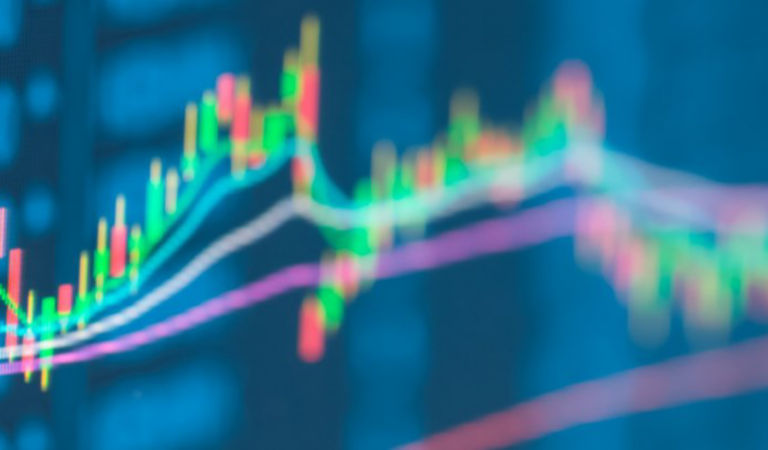Global equities (+7.1%) rebounded over the quarter, closing out 2021 with a gain of 21.4%. Risk sentiment was bolstered by strong corporate earnings, still-accommodative financial conditions, and robust global equity inflows. Equity volatility spiked sharply as the Omicron COVID-19 variant proliferated across the globe, although the variant’s impact on financial markets was tempered by evidence that it poses less-severe health consequences than its predecessors. Swelling energy prices, robust demand, and ongoing supplychain disruptions continued to push inflation above forecasts, exacerbating pressure on central banks to curb their ultra-accommodative monetary policies and pandemic-era stimulus measures without choking off economic growth. In response to persistent inflation pressures, many central bank policymakers in developed markets began unwinding their stimulus measures and setting a course for higher interest rates. The Bank of England (BOE) was the first major central bank to hike its policy rate, while the US Federal Reserve (Fed) announced it would end its asset purchase program in March and projected three rate hikes in 2022. The European Central Bank (ECB) will conclude net purchases under its pandemic emergency purchase program (PEPP) in March. It will boost its purchases under an older program to ease the transition, although it expects to maintain its policy rate through next year. The People’s Bank of China (PBOC) expanded its support for the nation’s slowing economy, cutting the reserve requirement ratio (RRR) for banks by 50 basis points (bps) and lowering the one-year loan prime rate to 3.8%, as a property market downturn threatened to curb growth in 2022.
Global fixed income sectors generated mixed results, as market participants grappled with renewed COVID-19 uncertainty. Most sovereign yield curves flattened, with central banks pursuing tighter monetary policies in response to sustained inflationary pressures. Most fixed income spread sectors outperformed government bonds, boosted by their income advantage and ongoing fundamental improvement amid limited spread movements. The US dollar generated mixed results during the quarter but finished higher versus most currencies over 2021.
Commodities (+1.5%) increased, as three of the four sectors rose.
Equities
United States
US equities (+11.0%) surged, registering their seventh consecutive quarterly gain. Risk sentiment was bolstered by robust equity inflows, strong corporate earnings, favorable economic data, and extremely accommodative financial conditions. The rapid spread of the Omicron variant led to the largest increase in US COVID-19 cases since the onset of the pandemic, prompting a flurry of new restrictions and event cancellations. Inflation continued to surge against a backdrop of severe supply and labor shortages, rising energy prices, and high demand for goods and services, heightening scrutiny of the Fed amid anxiety about a potential policy mistake. In November, inflation accelerated to its highest level since 1982, as the Consumer Price Index (CPI) rose 6.8% annually at the headline level and 4.9% at the core level. Fears that inflation could persist for longer than expected prompted the Fed to announce an accelerated tapering of asset purchases. The Fed also projected three interest-rate hikes in 2022, up from its September forecast of one hike. President Joe Biden signed into law a roughly US$1 trillion infrastructure bill, but the fate of the Democrats’ US$1.75 trillion spending and climate change plan is uncertain after Democratic Senator Joe Manchin withheld support for the current version of the plan, due to concerns that it will exacerbate soaring inflation. Third-quarter earnings for companies in the S&P 500 Index grew 39% year over year, and the earnings growth rate for the index is forecast to increase more than 20% in the fourth quarter.
Economic data released during the quarter indicated broad improvements in the US economy. The labor market continued to tighten amid strong employment growth, declining jobless claims, and a sharp drop in the unemployment rate to 4.2% in November. Elevated savings and robust wage growth helped to drive…
To read more, please click the download button below.





